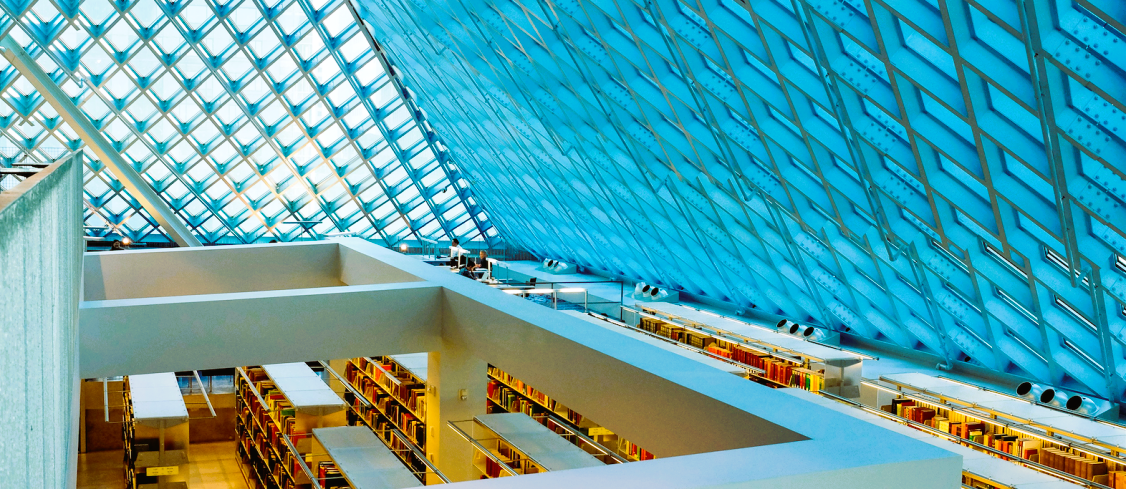Architectural glass has undergone a remarkable evolution over the centuries, transitioning from simple window panes to sophisticated structural elements that define contemporary buildings. This evolution has been driven by advancements in technology, changes in architectural styles, and a growing emphasis on sustainability and energy efficiency.
Historically, architectural glass was primarily used for its functional properties, providing protection from the elements while allowing natural light to enter interior spaces. Early examples of architectural glass can be traced back to ancient civilizations such as the Romans, who used small pieces of glass to create mosaic windows in their buildings.
However, it was during the Middle Ages that architectural glass began to be used more extensively in European cathedrals and churches. This period saw the development of stained glass windows, which were not only functional but also served as a form of artistic expression, depicting religious scenes and narratives.
The Renaissance brought further innovations in architectural glass, with the advent of larger windows and the use of clear glass for its transparency. This allowed for more light to enter buildings, creating brighter and more inviting interior spaces. The Industrial Revolution further transformed the production of architectural glass, with the introduction of mechanized processes that allowed for mass production and greater consistency in quality.
In the 20th century, architectural glass experienced a revolution with the development of float glass technology. This process, invented in the 1950s, involves floating molten glass on a bed of molten tin to create a perfectly flat surface. Float glass revolutionized the industry by making large, uninterrupted sheets of glass readily available, paving the way for modern architectural designs characterized by expansive glass facades and curtain walls.

Today, architectural glass continues to evolve, driven by a combination of technological innovation and changing design trends. One notable trend is the increasing use of energy-efficient glass coatings, such as low-emissivity (low-E) coatings, which help to reduce heat transfer and improve thermal insulation. These coatings are often applied to double or triple-glazed windows, resulting in buildings that are more energy-efficient and environmentally friendly. Understanding Insulating Glass Units, read more in our article.
Another modern trend in architectural glass is the integration of smart technologies, such as electrochromic glass and dynamic glazing systems. These innovative glass solutions can change transparency or tint in response to external conditions, offering greater control over natural light and solar heat gain.
Moreover, there is a growing emphasis on sustainability in architectural glass design, with manufacturers exploring new materials and production methods that minimize environmental impact. This includes the use of recycled glass and the development of glass products that are easier to recycle at the end of their lifespan.
In conclusion, the evolution of architectural glass from traditional to modern trends reflects not only advancements in technology but also shifts in architectural aesthetics and priorities. From its humble beginnings as small pieces of mosaic to the sleek, energy-efficient glass facades of today, architectural glass continues to play a crucial role in shaping the built environment.
For more information on architectural glass standards and regulations, please visit Canada.ca.

